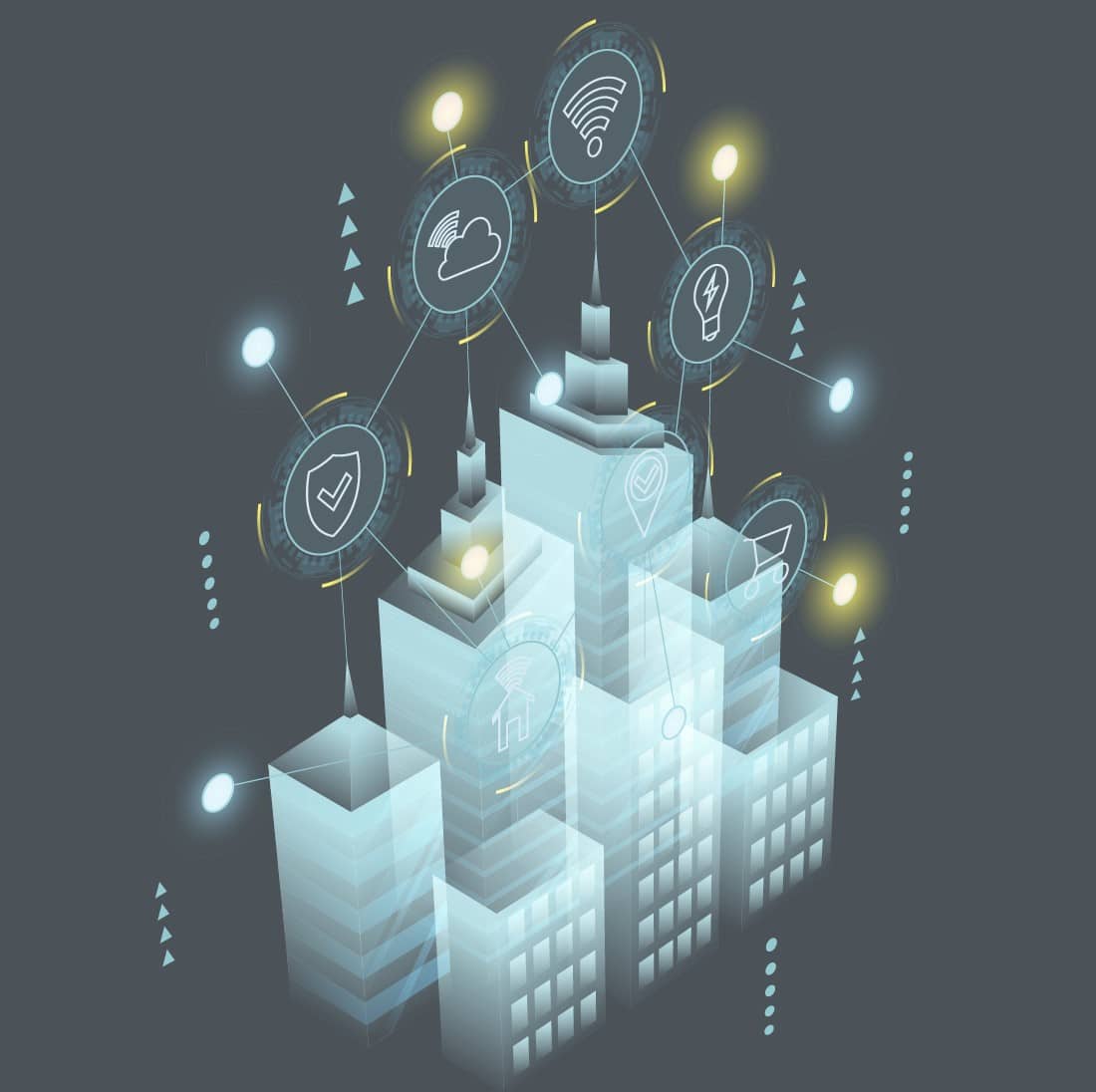CIEE is working on multiple active research projects, ranging from creating a model energy-efficient neighborhood to creating a smarter electric grid. One important initiative is Brick, a project that aims to develop a nascent open-source common data mode that will standardize descriptions of the physical, logical and virtual assets in buildings and the relationships between them. It has garnered funding from multiple sources such as the US Department of Energy, the CBE Industry Consortium, and in-kind support from Johnson Controls.
Modern building occupants want more than just shelter and basic comfort from their living spaces – they want a building that responds to their requests and even anticipates their needs. These smart scenarios are possible today with sensor-rich environments that are optimized for usage and productivity – buildings that can precool only the spaces that will host a meeting, for example. To standardize the nature and methods of integrations across different buildings, a common data schema that can represent all the critical aspects of the common building – the people, places, and assets, and the relationships between them – would make integrations across building systems more reliable with less effort.
Co-led by Therese Peffer, Brick explores software models that can enable the scaling of methods that lead to major energy savings, improved building performance, and grid responsiveness across commercial buildings at low cost. The need for a schema grows as managing building data is challenging for a number of reasons: different building system commissions, the length of use, and the data available about buildings. Serving as the common data model, Brick can be the glue that enables data interoperability between the building subsystems and external data sources and uses.
With Brick, synergies can be enabled among Building Information Modeling (BIM), Building Energy Modeling (BEM), Building Automation Systems (BAS), sensors, and controls by instilling a universal schema that these disparate tools can all use. Devices from all building systems can be queried and examined in one place, without having to do multiple integrations to each building subsystem. The search for a conference room with specific requirements and real-time updates can be streamlined for businesses. Overall, Brick will be a game changer for smart buildings in the future; greatly lowering the barrier to entry and making sure that all of your smart components will get along.

